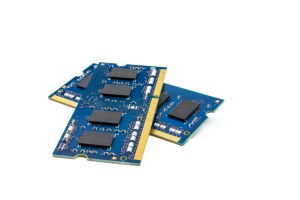According to the latest word in the market, Huawei is planning to start the production of Smartphones from the company’s Chennai plant.

While the company currently sells it’s products in 35 cities through just 2500 retail outlets in India, it would be able to reach around 200 Indian towns by establishing a total of around 20,000 outlets after it starts production at its Chennai plant in India.
The Chennai plant of Huawei currently manufactures networking products for the company. Reports suggest that currently Huawei is working on quality testing and other research work and is also busy strengthening its sales channels. It would enter the Smartphone production only after it completes these steps.
India is a booming market for Smartphones tagged at below 10,000 rates. People in India want feature rich phones. The latest trend shows a large inclination towards the Android run phone (Clearly evident by the launching of different phones in this segment). But a major problem in India comes in deciding the price of a product.
So the company would be targeting this segment of user’s. Victor Shan who is the President of Huawei India’s device department clearly stated that ‘Indian market has a large demand for Smartphone look-alikes’. This defines the company’s intentions of targeting user’s with low spending capacity but who wish phones with the features of a Smartphone.
According to the report published in the Financial Chronicle, Shan also said that, “Low level feature phones are preferred in rural areas while Smartphones are preferred in Tier-I and Tier-II cities”. The company attains 60% of it’s profit from Tier-I cities.
Currently, Huawei manufactures all its handsets in China and then exports them to other countries. It alos outsources some of its production operations to Foxconn. Huawei’s range of products currently includes Smartphones, feature phones, tablet devices and mobile broadband devices.
The Chinese telecom operator reported a 22% drop in its operating profits despite higher revenues for the first half of the year. However, the company was still highly optimistic and expected higher profits in the next period.






![Top 8 Best 6 GB RAM Mobile Phones [2017]](https://thegadgetfan.com/wp-content/uploads/2016/03/Vernee-Apollo.jpg)

![Top 15 Mobiles With Longest Battery Life [12 hours +]](https://thegadgetfan.com/wp-content/uploads/2014/10/increase-battery-backup-tgf.png)